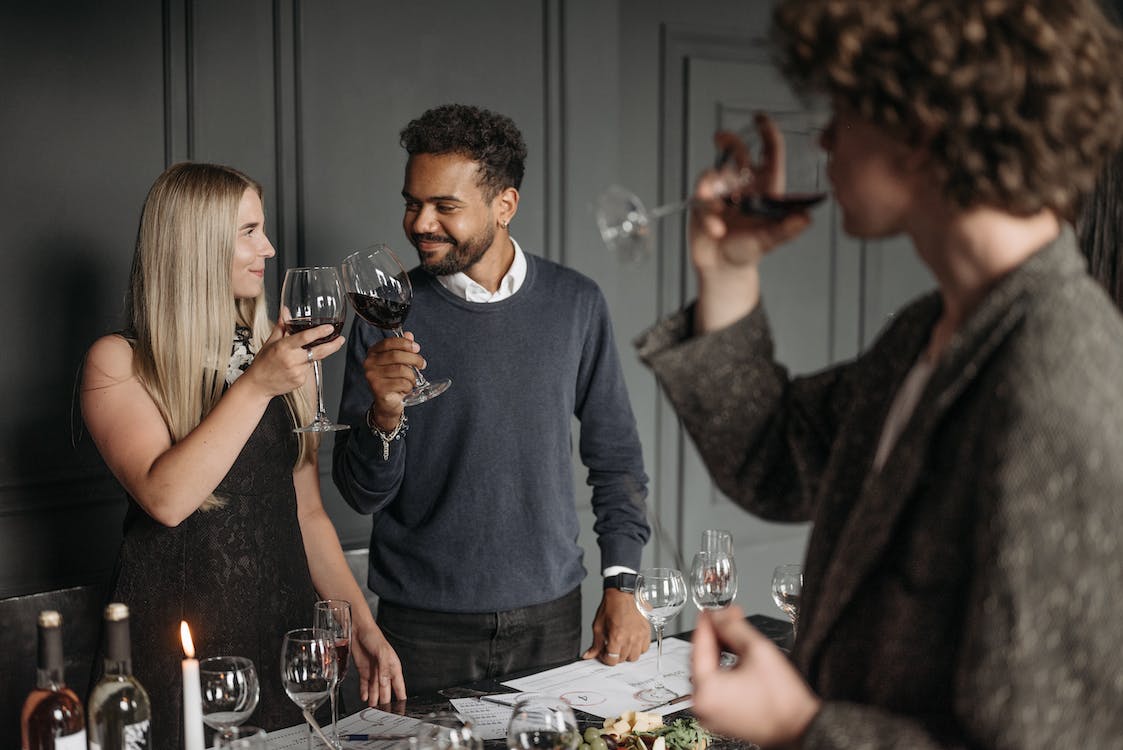Hosting a wine tasting can be an enjoyable and educational experience for both wine enthusiasts and novices alike. Whether you’re looking to gather friends, celebrate a special occasion, or deepen your appreciation for wine, a well-planned wine tasting can create a memorable and immersive experience.
How to Host a Wine Tasting Event
Define the Wine Tasting Theme
It could be a specific wine region, grape varietals, or a comparative tasting of different vintages. Defining a theme helps focus your selections, creates a cohesive experience, and encourages thoughtful discussions among participants.
Plan the Wine Tasting Guest Profiles & Numbers
Consider the size of your space and the type of experience you want to create when determining the number of guests. Aim for a manageable group that allows for meaningful interactions. Aim for individuals with various levels of wine knowledge to foster engaging conversations and learning opportunities.
Choose the Wines for Your Wine Tasting
Selecting the wines is the heart of a wine tasting. Consider offering a diverse range of wines that align with your chosen theme. Include different styles (red, white, sparkling), grape varieties, and price points. Four to six wines is a good guideline.
Provide Wine Tasting Sheets
Create tasting sheets or wine cards for each guest, outlining the details of the wines being served. Include information such as the name of the wine, the grape variety, the region, producer, and any relevant tasting notes.
Encourage Discussion
Encourage guests to share their thoughts, impressions, and experiences as they taste each wine. Ask open-ended questions and provide prompts to facilitate conversation.
Enjoy Responsibly
Remind guests to drink responsibly and provide transportation options, especially if the tasting involves a larger selection of wines. Encourage guests to sip and savor, rather than consume large quantities of wine quickly.

